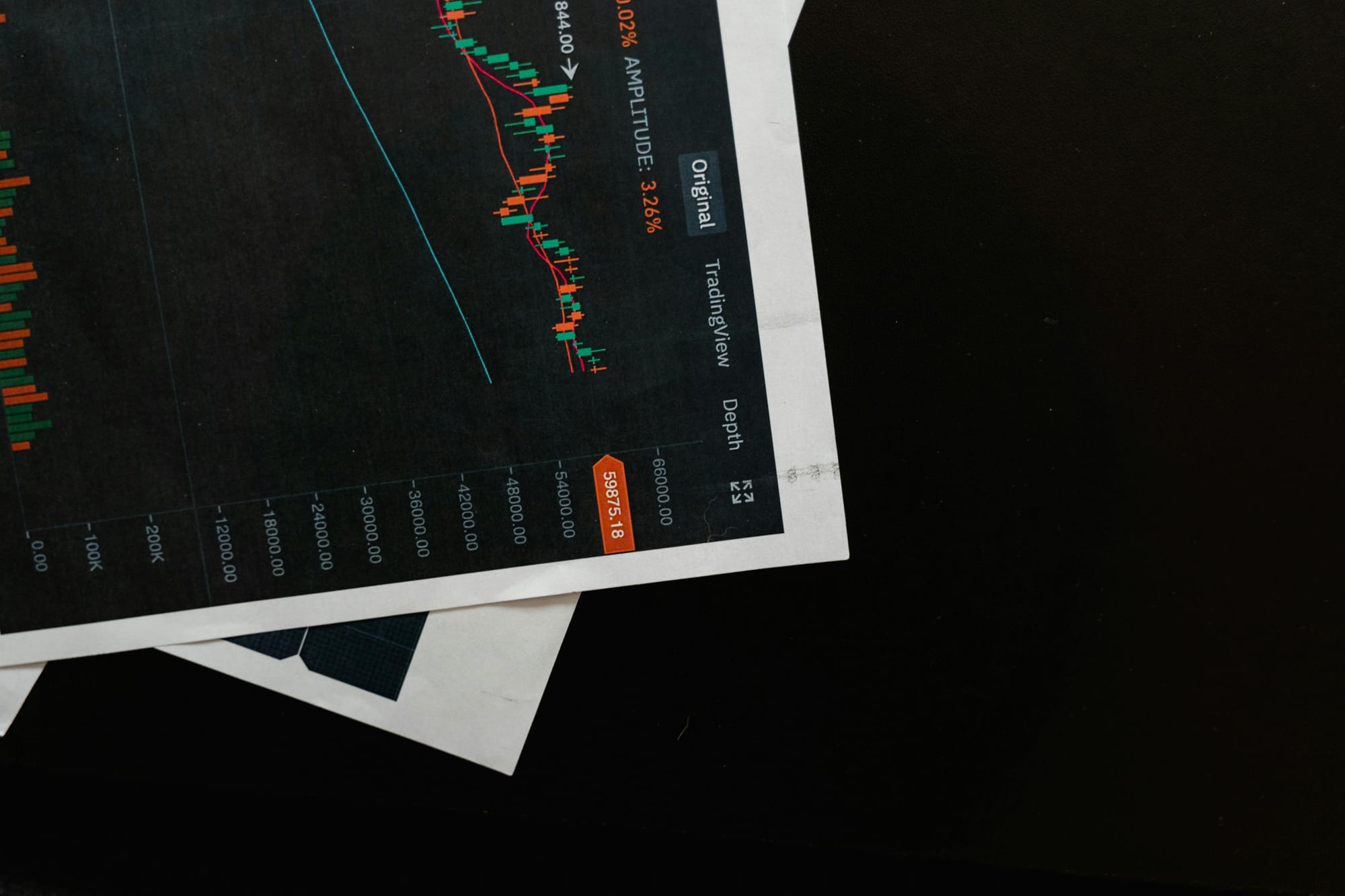United States Shelter Inflation Trends in CPI Since 2020

Unraveling Shelter Inflation: U.S. Housing Costs Surge Since 2020
Shelter inflation has surged dramatically since 2020, marking a significant shift in the U.S. economy. Understanding shelter inflation is crucial for grasping the broader picture of the Consumer Price Index (CPI) increases. For those tracking U.S. inflation, housing costs, and rental prices, these trends are more than just numbers—they represent transformations in economic indicators and housing markets with substantial implications. The rising cost of living affects everyone, transforming financial habits and triggering broader economic concerns. How have these changes in shelter inflation impacted the day-to-day life of Americans, and what does it mean for future financial trends?
Understanding Shelter Inflation in the Consumer Price Index (CPI)
Shelter inflation refers to the rate at which housing expenses, including rents and home prices, rise. Within the Consumer Price Index, shelter inflation is a pivotal component.
- Shelter costs in the CPI weigh heavily because housing is one of the biggest expenses for most households.
- Rising shelter costs fuel overall U.S. inflation, exerting upward pressure on the price index.
- Housing and rental prices serve as critical economic indicators, revealing the health of the housing market and, by extension, the economy.
These rising costs hint at deeper financial currents affecting both local and national economies.
United States Shelter Inflation Trends Since 2020
Since 2020, housing costs and rental inflation have followed notable trends. The COVID-19 pandemic played a significant role in altering the U.S. housing market dynamics and living costs.
- Historical data suggests a sharp rise in housing costs due to factors like supply chain interruptions and increased demand.
- The pandemic caused shifts in work patterns, prompting some to move to less dense areas, which in turn affected local rental prices.
- Recent CPI reports focusing on shelter inflation reveal these trends are ongoing, characterized by significant price changes and high housing CPI figures.
These shifts highlight the lasting impact of 2020 inflation on the real estate sector and beyond.

Economic Indicators and the U.S. Housing Market
Economic indicators, like inflation measurement tools, help us comprehend housing market shifts. The Consumer Price Index plays a central role.
- Understanding how economic growth correlates with rising housing inflation is vital for predicting future trends.
- Dynamic price changes in the housing market resonate through the entire U.S. economy, contributing to overall inflation rates.
- These trends point to broader economic implications, signaling how deeply intertwined housing markets are with general economic health.
Analyzing these indicators gives us a clearer picture of past and present market conditions.

Market Analysis: Current and Future Outlook
Current economic trends suggest the housing CPI remains a significant concern, influenced by unique market phenomena.
- With demand outstripping supply, housing inflation is likely to persist, affecting market behaviors and economic growth.
- Forecasts suggest that unless addressed, ongoing housing inflation will challenge financial strategies and necessitate cost of living adjustments.
- Consumers and policymakers alike must consider these market insights when planning for the future.
Such analysis reveals the need for informed approaches in tackling shelter inflation challenges.
Addressing Shelter Inflation: Policy and Strategy
Addressing shelter inflation requires thoughtful policy responses and individual strategy adaptation.
- Regulatory measures could help manage rising shelter inflation, yet their implementation and effects might vary.
- Consumers should adjust financial plans to cope with increasing shelter costs, seeking professional advice if needed.
- Economic outlook and financial trends should inform future housing policy decisions, with economic indicators providing key insights for market analysis and CPI strategies.
Through strategic planning and policy adjustments, it's possible to navigate the complexities of shelter inflation and its economic impact.
Conclusion
The surge in shelter inflation since 2020 has significantly impacted the U.S. economy, altering cost of living dynamics and economic indicators. Understanding these shifts helps us adapt to ongoing economic growth and market trends. By staying informed, we can better prepare for the broader implications of these changes. For deeper insights on inflation measurement and economic indicators, consider exploring related resources to enhance your financial literacy.




